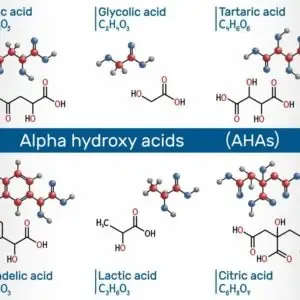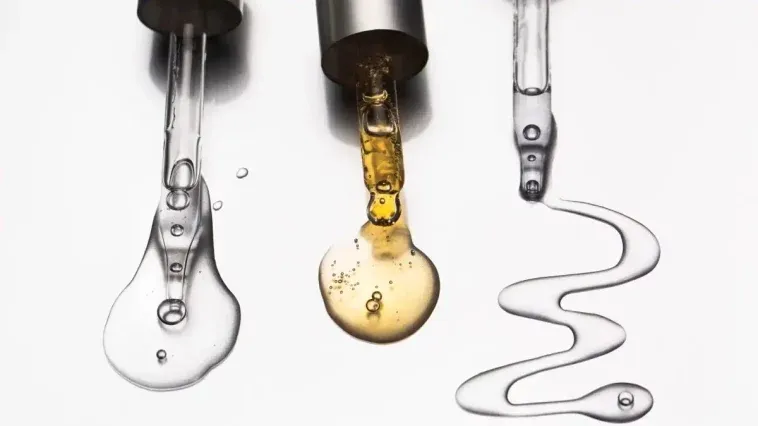(Cosmos) Many of us have stared at the packaging of a skincare product, wondering what that strange chemical word printed on the label actually does. Let’s get into the science behind some common active ingredients in skincare.
“Active ingredients” are compounds that we know from scientific research exert a biological influence on the skin. Hopefully, you can be better informed when doing your own skincare research before you head into a store or hit “purchase” online.
To start off with, a bit about the skin.
The skin is the largest organ in the body. It functions as a barrier to water and pathogens and protects our important squishy bits against damage from ultraviolet light and chemicals. The skin is made up of three layers: the epidermis, dermis, and hypodermis.
The deepest layer, the hypodermis, mainly stores fat and contains connective tissues to attach to muscle and bones.
The dermis is the middle layer of the skin and makes up around 90% of the skin’s thickness; its where you find hair follicles, blood vessels, sweat glands, and connective tissue, and also the proteins elastin and collagen. Elastin is important for keeping skin flexible and helping stretched skin regain its shape, whereas collagen provides the support that underpins the skin and gives it its firmness.

The epidermis is the top layer of the skin and the outermost part of the epidermis is called the stratum corneum. It’s made up of layers of dead skin cells called keratinocytes, as well as the protein keratin which also makes up your hair and nails.
Below this is the basal layer of the epidermis. In this layer a process called skin cell turnover occurs, where new skin cells proliferate and get pushed up to take the place of dead cells as they flake off above.
On average it’s estimated that the epidermis takes 40-56 days to completely turnover, but this timeline lengthens as we get older and it affects the appearance of the skin.
Let’s talk acids in skincare
Alpha and beta hydroxy acids – often abbreviated to AHAs and BHAs – are week acids used as chemical exfoliants.

Alpha hydroxy acids with structural and chemical formula and molecule model. Credit: Bacsica/Getty Images 850
The “hydroxy” in their name refers to an alcohol group made up of oxygen and hydrogen, while the acid refers to a carboxylic acid group. How far apart these two groups are determines whether the molecule is an alpha or beta hydroxy acid. So, if they’re one carbon apart on the molecule then its an AHA, and if they’re two carbons apart then its a BHA.
AHAs exfoliate by loosening the chemical bonds between the dead skin cells in the stratum corneum, which is useful, as your rate of skin cell turnover continues to slow as you age. This cell removal helps because if skin gets too thick it can look dull and uneven.
The most common AHAs in skincare include glycolic acid, lactic acid, tartaric acid, and citric acid. Their effectiveness depends on pH, concentration and the duration of exposure. Generally, concentrations under 10-15% are considered suitable for applying at home.

Salicylic acid structural, chemical formula and molecule 3D model. Credit lv_design/Getty Images
AHA’s a hydrophilic, meaning they dissolve in water, whereas BHAs like salicylic acid are hydrophobic or oil soluble. This makes BHAs great for getting into and clearing out pores clogged with oily cells and sebum, as well as for general exfoliating.
The side effects of these acids can include irritation and burning sensations and they also make skin more sensitive to UV light – so be sure to wear sunscreen if you’re planning on using them.
Vitamin C
There are quite a few important vitamins used in skincare. These compounds are essential for normal cell functions but we either don’t make enough of them ourselves – or can’t make them at all.
Probably one of the most well-known and studied is vitamin C. It’s the most abundant antioxidant found in human skin, and its most biologically active and well-studied form is L-ascorbic acid.
Different environmental factors like solar radiation, pollution, and smoking can accelerate damage to the skin through the formation of what are called “reactive oxygen species” or “free radicals”. These harmful molecules can cause damage to the proteins and DNA within cells, but antioxidants like vitamin C neutralise these free radicals by giving up some of their own electrons.






